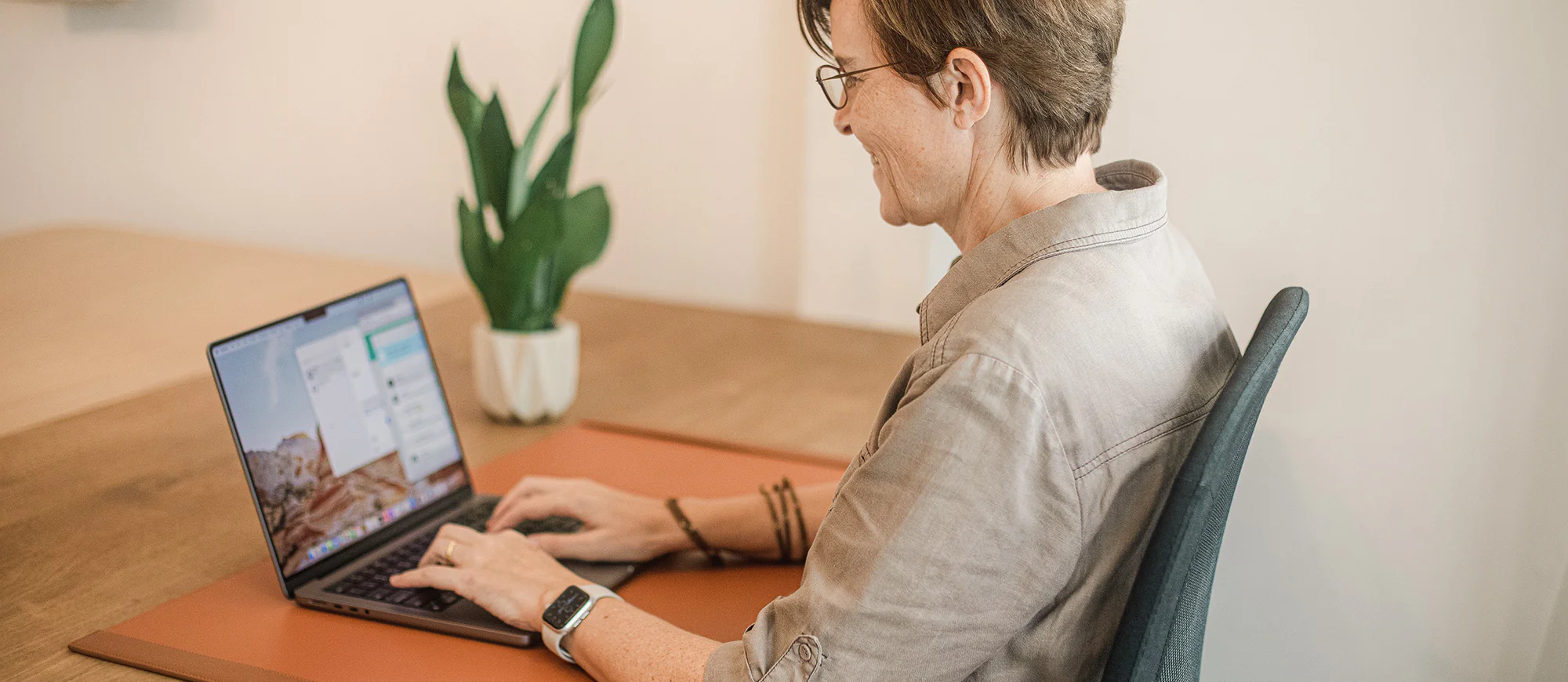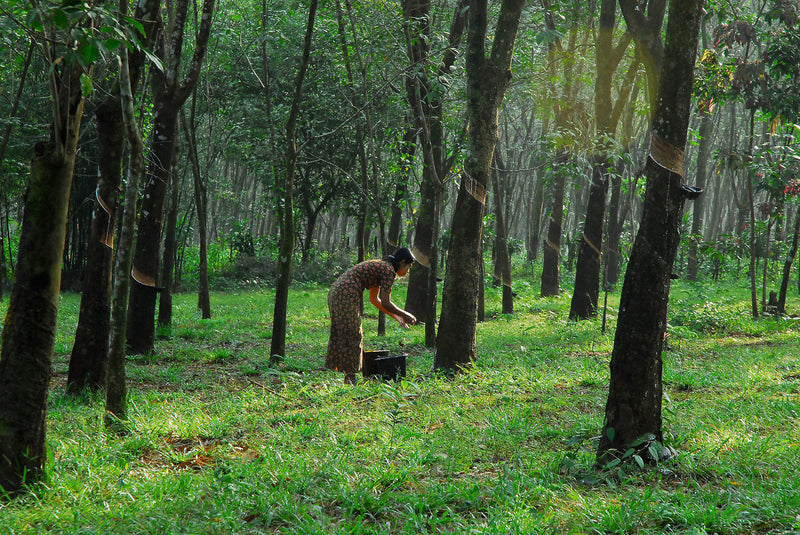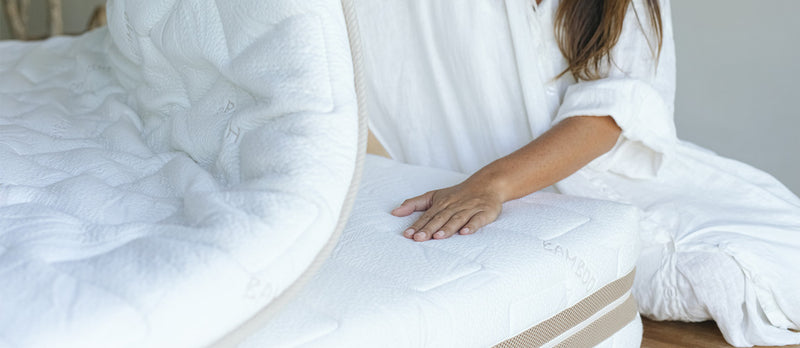Whether it is preferred or not, working from home has become quite the norm worldwide in the most recent years. As we spend more time at home, learning to abruptly adapt to this new routine – it only comes naturally that we also look for creative ways to make our home office space a sustainable and productive place to be!
Let’s start with a few tips on cultivating an eco-friendly home office:

Invest in sustainable office furniture
The foundation of where a lively office grounds its roots in: the furniture!
If you happen to be looking for ways to transition from a cluttered home office to a minimalistic green office; this is a great place to start!
Keep materials such as reclaimed or repurposed wood and bamboo in mind.
Bamboo is a great material to work with as not only is it extremely durable, it requires little water to grow and is fastly regenerative. If teak is more your style - shop for sustainable and ethically sourced teak wood, also made to last for generations to come!
Even better: Find office pieces that are second-hand! Whichever material you decide on - trust that these beautiful options are equally aesthetic, and will invite a warm, natural element to your work life.

Clad your walls in eco-friendly paint
A relatively simple way to refresh your home office space as well as harness creativity is a revamp of the walls!
These very four walls will set the tone for what colour scheme follows in the rest of your home office. Choose paint that contains no VOCs (volatile organic compounds) as well as off gassing chemicals such as ammonia and formaldehyde as an ingredient. VOCs happen to be a culprit in forming an ozone layer when it reacts with oxygen in the presence of sunlight.
This mini ozone is a contributory factor to global warming. Look for paint brands that include 100% natural ingredients that are biodegradable - which proves safe for the environment and your health.
Pro Tip: It is good to also keep in mind that choosing lighter colours for your walls reflect natural light more - which can help lower next month’s electricity bill!

Light up with LED’s
Though placing your desk facing a window with natural light will suffice during the day - when evening approaches, you will need supplementary lighting!
When the time comes, opt for energy-efficient light bulbs such as quality LEDs. LED light bulbs are up to 80% more efficient than your average light bulb and compact fluorescent lights (CFLs). With 95% of its energy converted to light and only 5% going towards heat.
In fact: LED bulbs can produce the same amount of light compared to a typical fluorescent bulb with only half the power used! And with less energy consumption comes a decrease in greenhouse gas emissions - the greener, brighter switch is that easy!

Opt for energy saving laptops
Did you know that desktops have a much larger carbon footprint compared to its counterpart, the laptop?
Due to a desktops high consumption of electricity, it produces more carbon per hour than laptops. On top of this, desktops are heavier in mass - thus using up more resources to produce compared to a minimalistic handy laptop.
If you are on the market for a new device - we recommend a trusty laptop, whose battery can be recycled safely at the end of its life, too!

Bring nature in with green friends
You don't have to rely only on the weekend to get your dose of nature and relaxation in!
Simply bring in a few (or several) green-leafed plants to your home office to start benefiting from medically proven reduced stress levels and improved cognitive function. In addition to improving well-being, several plants in one space have been proven to remove pollutants and purify indoor air spaces.
Do you have a designated space in your home as an office instead of an entire room? One eco-friendly idea is to create a partition with suitable indoor plants to separate the office space from the rest of your home!
Creating a beautiful, eco-house office space can simply be done through a few, intentional switches. The benefits are plenty: from inviting more joy into your life, boosting productivity, and making our planet a little greener.
Now, let’s look at some daily green actions we can take:
Ditch plastic water bottles
Staying hydrated will forever be a part of daily life. However, the usage of plastic water bottles should not be!
Every year, millions of tons of single-use plastic bottles swim in our oceans. And, almost half of these bottles were once filled with the very thing we could have done ourselves - filtered tap water.
Invest in a multiple-use water filter at home that removes the impurities of tap water to make it safe for consumption.
Enjoy your filtered water in either a glass or a reusable stainless steel water bottle - which will not impart micro plastics into your drinking water (unlike how plastic water bottles do)!

Go digital and paperless
Reduce the amount of physical paper cluttering your home office and go paperless by switching to digital document keeping!
Not only will this eliminate unnecessary tree-cutting to produce paper, it will also transform your admin tasks into a more easeful, convenient time of your work day.
Avoid printing documents that are not completely necessary!
Instead, view them on your laptop when needed at the touch of a finger. Programmes like Google Docs help streamline daily work tasks such as organising schedules and note taking. If you must print documents, utilise the double-sided printing function to reduce the amount of paper consumed, and only print a couple copies at a time to keep on hand.

Ventillate with natural air
If you reside in an area with good air quality - take advantage by letting it flow right all in!
When we open our windows while working from home, we allow natural ventilation to take place, moving stagnant air out and creating a breathable flow.
The use of air conditioners causes the consumption of dramatic amounts of energy, which then causes more fossil fuels to be burnt and raises CO2 levels into the environment, ultimately accelerating the climate crisis. Your air conditioner may seem like a quick-fix to cool the air down but is actually making the earth hotter!

What’s in your coffee, counts too!
The type of milk you add in your coffee matters - and the options seem endless: from dairy, to oat, almond, and more.
It takes approximately 120 litres of water to make one glass of dairy milk and 70 litres of water to make one glass of almond milk - an extremely water intensive product!
On the other hand: Oat and soy milk only require 5-10 litres of water to produce a single glass. Essentially, the milk that’s best for you is the milk that’s best for the environment - just remember to recycle that plastic cap before disposing of the empty carton!

Repurpose, donate, and recycle
Have some preloved items lying around?
Instead of tossing them in a bin, we encourage you to brainstorm alternatives as to where these items have the potential for a second life: think repurposing for other uses around your home, donating to your local charity, or recycling appropriately!
Repurposing, donating and recycling are amazing tools to help save money as well as reduce the demand for materials that consequently put stress on the environment.
And there you have it, working from home just got more beautiful, healthier, and eco-friendly!







